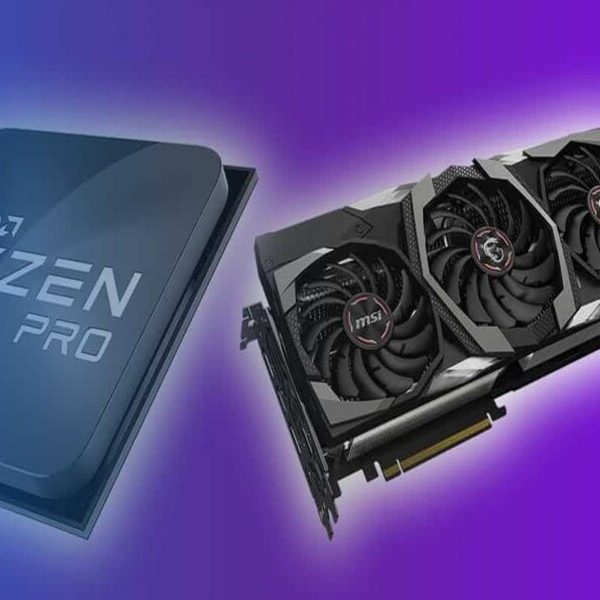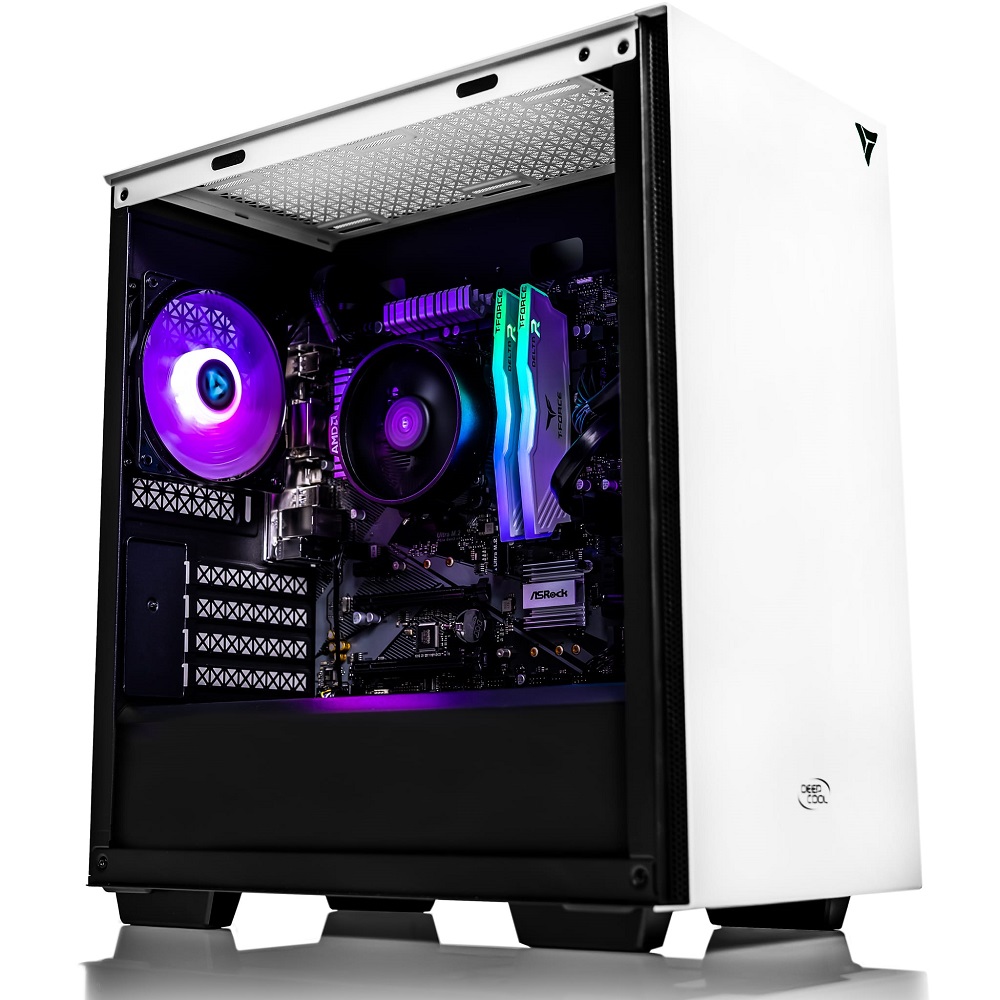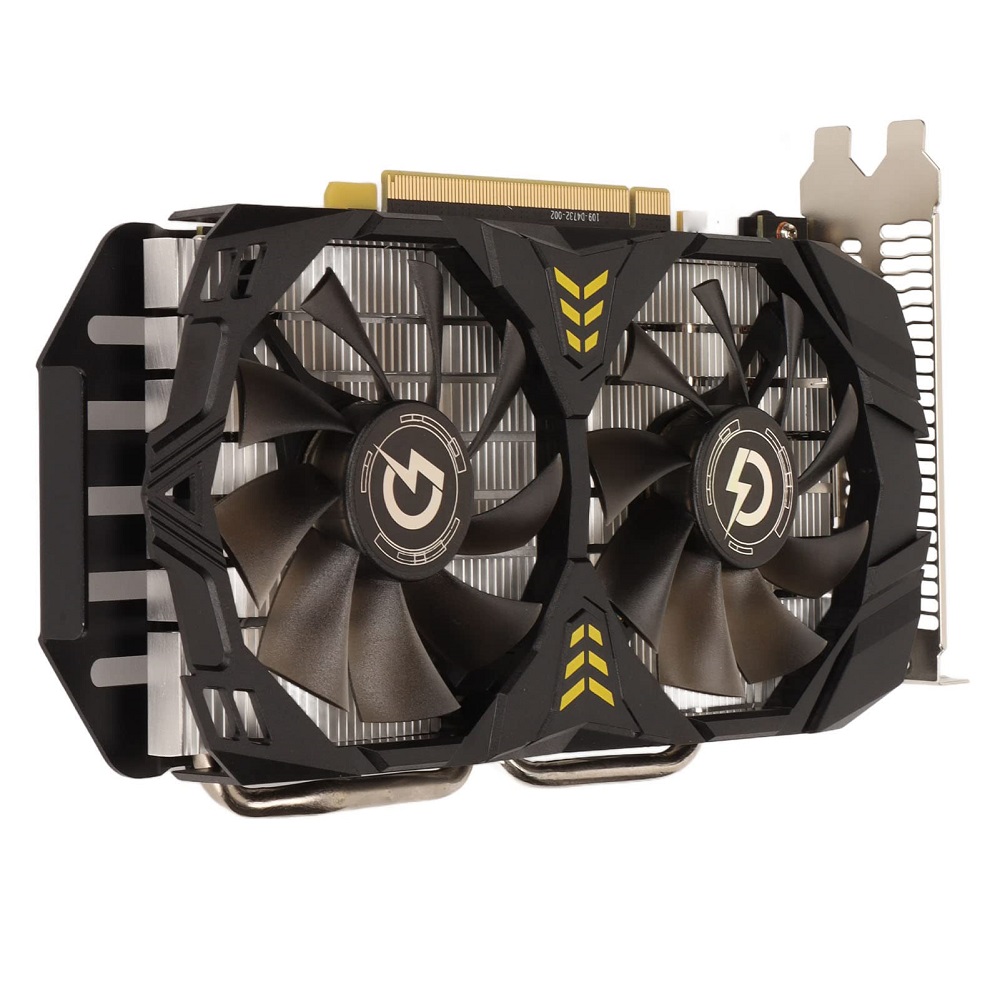In today’s computing landscape, both integrated graphics and dedicated graphics cards play essential roles in delivering visual performance, but they serve different needs. Integrated graphics are built into the CPU, primarily designed for basic tasks, while dedicated graphics cards are separate hardware units that provide superior performance for demanding applications like gaming, 3D rendering, and graphic design. There are scenarios where you might want to disable integrated graphics, allowing your system to rely solely on dedicated graphics. This article explores the reasons for doing so, as well as the best practices for managing this transition.
Understanding Integrated Graphics
What Are Integrated Graphics?
Integrated graphics consist of a GPU (Graphics Processing Unit) that resides within the CPU. This design is cost-effective and power-efficient, making it suitable for users who primarily engage in basic tasks such as web browsing, word processing, and streaming videos. Integrated graphics can handle lightweight graphical tasks adequately but often struggle with more intensive graphics applications.
How Integrated Graphics Work
The integrated graphics unit shares system memory (RAM) with the CPU rather than having its dedicated VRAM (Video Random Access Memory). Although modern integrated graphics have improved significantly, they still fall short when dealing with high-performance tasks. Users with specific graphics requirements often opt for dedicated graphics cards that provide enhanced speed, memory capacity, and rendering capabilities.

Reasons to Disable Integrated Graphics
Boosting Performance with Dedicated Graphics
Performance is one of the primary reasons to disable integrated graphics. If your system features a dedicated graphics card, using it exclusively can significantly enhance performance. Many applications, particularly those focused on gaming, video editing, or 3D rendering, benefit immensely from the power and speed of dedicated GPUs. This advantage becomes evident when comparing frame rates or rendering times between the two systems. Disabling integrated graphics allows the dedicated graphics card to operate without interference or resource sharing, resulting in smoother performance.
Reducing CPU and RAM Load
Another compelling reason to disable integrated graphics is to alleviate the burden on your CPU and RAM. Integrated graphics share memory resources with the CPU, which can drain performance during multitasking or when running resource-intensive applications. By disabling integrated graphics, you free up this shared memory, allowing your CPU and dedicated GPU to use resources more effectively. This reduction in load can lead to improved overall system responsiveness and multitasking capabilities.
When to Consider Disabling Integrated Graphics
Upgrading to a Dedicated GPU
If you’ve recently upgraded to a dedicated GPU for gaming, graphic design, or other heavy applications, it’s a good idea to disable integrated graphics. This optimization not only maximizes the performance of your dedicated GPU but also prevents potential conflicts that can arise from having both graphic systems enabled. By focusing solely on the dedicated card, you can ensure that all resources remain dedicated to enhancing visual performance.
Troubleshooting Graphics Issues
Another situation in which you might want to disable integrated graphics is during troubleshooting. Problems like persistent screen flickering, drivers conflicts, or low frame rates can often stem from integrated graphics competing with your dedicated card. Disabling integrated graphics during the troubleshooting process can help isolate the issue, providing a clearer picture of whether your dedicated GPU is functioning as intended. If problems persist even after disabling integrated graphics, it may be indicative of a hardware or driver problem unrelated to the integrated GPU.

How to Disable Integrated Graphics
Accessing BIOS/UEFI Settings
Disabling integrated graphics typically involves accessing your computer’s BIOS or UEFI settings. When you turn on your computer, a specific key (like F2, Delete, or Esc) will grant you access to the BIOS/UEFI menu. Different manufacturers have various interfaces, but look for settings related to integrated peripherals or graphics configurations. Here, you can change the primary display option from “Auto” or “Integrated” to “Dedicated” or “PCIe,” depending on your dedicated GPU.
Updating Drivers
Before making any changes in the BIOS, ensure that your dedicated graphics card drivers are up to date. Outdated drivers can lead to performance issues, even after disabling integrated graphics. Visit the manufacturer’s website for your dedicated GPU to download the latest drivers. After updating, restart your system and then access the BIOS to disable integrated graphics as per your needs.
Potential Downsides of Disabling Integrated Graphics
Loss of Backup Graphics
One downside to disabling integrated graphics is that you lose a backup graphics option. If your dedicated GPU encounters an issue, you won’t have integrated graphics available as an alternative. In cases of GPU failure or driver corruption, users may find themselves unable to display anything on their monitors. To mitigate this risk, it might be advisable to have a recovery plan, such as keeping a spare GPU or preparing to reinstall drivers.
Compatibility Issues
Some software applications may still rely on integrated graphics for specific tasks even when a dedicated GPU is installed. If certain applications are optimized for integrated graphics, disabling them could cause performance issues or software malfunctions. Investigate the software you commonly use to determine whether it benefits from integrated graphics. Our recommendation is to selectively disable integrated graphics only after assessing the potential impact on your most-used programs.

Re-enabling Integrated Graphics
Steps to Reactivate
If you find yourself needing to use integrated graphics again, re-enabling them is just as simple as disabling them. Access the BIOS/UEFI settings, navigate to the graphics configuration, and change the primary display option back to “Integrated” or enable both integrated and dedicated graphics. Save your settings and restart your computer, at which point integrated graphics should be functional again.
Situational Use Cases
There are scenarios where re-enabling integrated graphics can be beneficial. If you’re running a specific application or game that handles rendering operations more efficiently on integrated graphics, enabling both may yield performance improvements. Additionally, if you plan on using your computer for light tasks like browsing while the dedicated GPU is busy rendering demanding graphics tasks, integrated graphics can serve as a helpful support system.
Integrated vs. Dedicated Graphics
As technology continues to evolve, the landscape of graphics processing will also undergo significant changes. With growing advancements in integrated graphics, such as the latest Intel Iris Xe and AMD Radeon Vega, integrated solutions are becoming increasingly powerful and competitive. Some modern CPUs feature integrated graphics that can handle tasks once reserved for dedicated GPUs, blurring the lines between the two.
As a consumer, understanding your specific needs will be paramount when considering whether to disable integrated graphics. If you find yourself regularly engaging in demanding tasks like gaming, video editing, or 3D rendering, investing in a dedicated GPU remains the best choice. However, for casual users who primarily engage in web browsing, office productivity, and media consumption, the latest integrated graphics may provide ample performance without requiring a dedicated card.
Making Informed Decisions
In conclusion, knowing when and why to disable integrated graphics in your computer can greatly enhance your overall system performance and resource management. While integrated graphics serve as a reliable fallback for casual users, power users and gamers can benefit tremendously from a dedicated GPU. By disabling integrated graphics, you not only free up system resources but also unlock the full potential of your dedicated graphics card.
However, it’s essential to weigh the pros and cons carefully. Disabling integrated graphics isn’t a one-size-fits-all solution, and potential downsides exist, such as the loss of a backup display option. Before making changes, ensure that your dedicated GPU is fully functional and updated, and always stay informed about the specific requirements of your software applications. By making informed decisions, you can optimize your computing experience and embrace the best performance your hardware has to offer.
